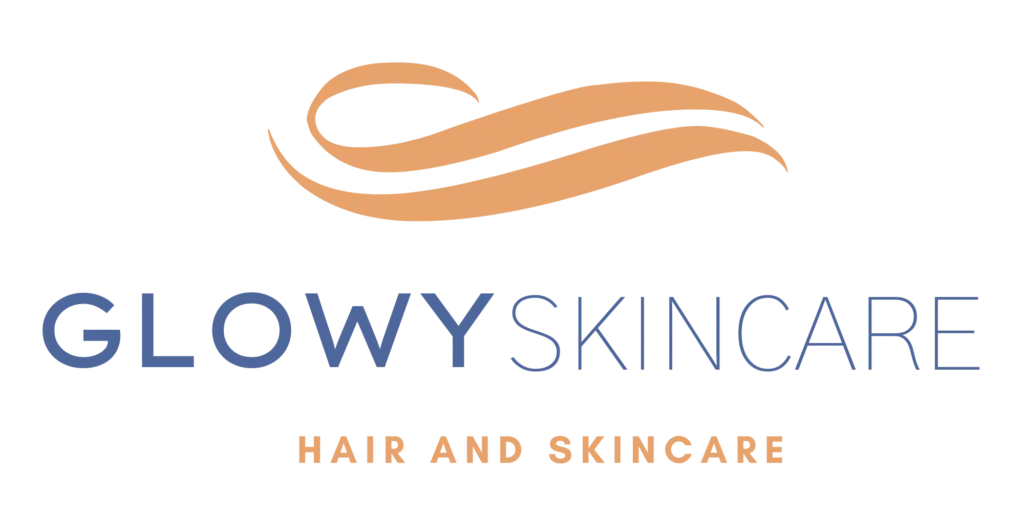Uncategorized
Understanding and Treating Blind Pimples
Blind pimples are a frustrating and often painful skin condition that can occur anywhere on the body, including the nose. Unlike regular pimples, blind pimples do not have a visible white or blackhead, making them more challenging to treat. In this article, we’ll delve into the causes, symptoms, and effective treatments for blind pimples, particularly those on the nose.
1. Introduction to Blind Pimples
Blind pimples, also known as cystic acne or nodules, are deep-seated, inflamed acne lesions that develop beneath the skin’s surface. They occur when oil and dead skin cells clog hair follicles, leading to the growth of bacteria and inflammation.
2. Understanding Blind Pimples on the Nose
Blind pimples on the nose are particularly common due to the high concentration of oil glands in this area. When pores become blocked with excess oil and debris, it can result in the formation of a painful bump beneath the skin’s surface.
3. Identifying Blind Pimples with No Head
Blind pimples with no visible head can be frustrating to deal with as they are difficult to extract. These types of pimples often feel tender to the touch and may be accompanied by redness and swelling.
4. Dealing with Blind Pimples Under the Skin
Blind pimples under the skin require a different approach to treatment compared to traditional pimples. It’s essential to resist the urge to squeeze or pick at them, as this can lead to further inflammation and scarring. Instead, focus on reducing inflammation and promoting healing through topical treatments.
5. Remedies for Blind Pimples on the Back
Blind pimples can also develop on the back, where the skin is prone to excess oil production and sweat buildup. To address these pimples effectively, consider using gentle exfoliants, such as salicylic acid or benzoyl peroxide, to unclog pores and reduce inflammation.
6. Exploring the Causes of Blind Pimples
Several factors can contribute to the development of blind pimples, including hormonal changes, stress, diet, and genetics. Understanding the underlying causes can help prevent future breakouts and manage existing ones more effectively.
7. Preventive Measures for Blind Pimples
Preventing blind pimples requires a comprehensive skincare routine that focuses on keeping the skin clean and balanced. This includes regular cleansing, exfoliating, and moisturizing, as well as avoiding pore-clogging products and excessive sun exposure.
8. Importance of Proper Skincare Routine
Maintaining a consistent skincare routine is crucial for preventing and managing blind pimples. This includes using non-comedogenic products, avoiding harsh scrubbing, and protecting the skin from environmental aggressors.
9. When to Seek Medical Help for Blind Pimples
While most blind pimples can be treated at home with over-the-counter remedies, severe or persistent cases may require medical intervention. If you experience intense pain, swelling, or signs of infection, it’s essential to consult a dermatologist for proper evaluation and treatment.
10. Conclusion
Blind pimples on the nose and other areas of the body can be a source of discomfort and frustration. By understanding their causes and implementing effective treatment strategies, you can minimize their impact on your skin and prevent future breakouts.
FAQs
- Can blind pimples on the nose be popped? It’s not recommended to pop blind pimples, especially those on the nose, as it can lead to further inflammation and scarring.
- Are there any home remedies for treating blind pimples? Yes, several home remedies, such as tea tree oil, honey, and ice packs, can help reduce inflammation and promote healing.
- How long do blind pimples typically last? The duration of a blind pimple can vary depending on its size and severity, but they usually resolve within a week or two with proper treatment.
- Can stress trigger blind pimples? Yes, stress can contribute to hormonal fluctuations that may exacerbate acne breakouts, including blind pimples.
- Is it normal for blind pimples to be painful? Yes, blind pimples are often accompanied by pain and tenderness due to the inflammation deep within the skin.
